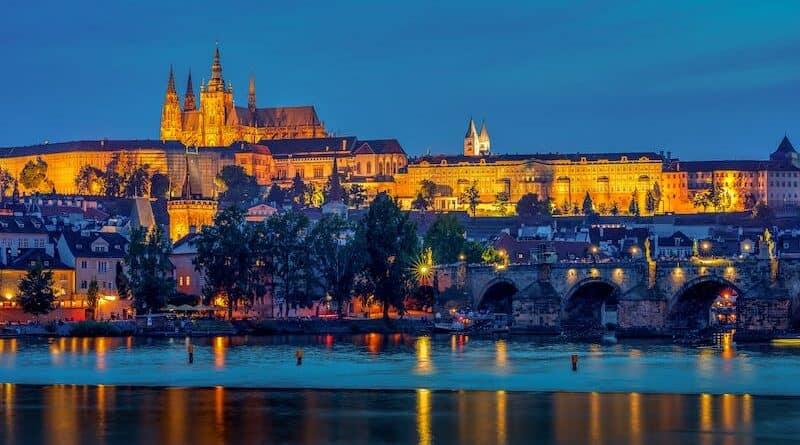PRAGUE / BRATISLAVA - The establishment of Czechoslovakia was a process that led to the creation of an independent state.
Czechoslovakia was proclaimed on 28 October 1918 and its borders were defined by the peace treaties and the resulting decisions under the Versailles peace system.
On 28 October 1918, a delegation of the National Committee led by Karel Kramář began negotiations in Geneva with Edvard Beneš, a representative of the anti-Austrian foreign resistance, on the creation and form of an independent Czechoslovak state. On the same day, Antonín Švehla and František Soukup, on behalf of the National Committee, went to take over the Grain Institute in Prague to prevent grain from being taken to the front and had the employees of the Institute swear allegiance to the newly emerging state. Then news spread of Austria-Hungary's recognition of the terms of peace.
The terms included recognition of the autonomy of the peoples of Austria-Hungary, which the people interpreted as recognition of independence. This news became the impetus for lively demonstrations in which the people cheered in the streets and destroyed symbols of the Austro-Hungarian Empire. In Wenceslas Square, at the St. Wenceslas Monument, the priest Isidor Zahradník spoke to the crowds and proclaimed an independent Czechoslovak state.
In the evening of the same day, the Czechoslovak National Committee issued the first so-called Reception Law and subsequently the National Committee's declaration "The Czechoslovak People. Your eternal dream has come true...". Both documents were signed by Antonín Švehla, Alois Rašín, Jiří Stříbrný, Vavro Šrobár and František Soukup - later called the "Men of 28 October". On the same day, four representatives were added to the National Committee, while representatives of Germans and Hungarians were not invited.
(financnenoviny.sk/JAV)



